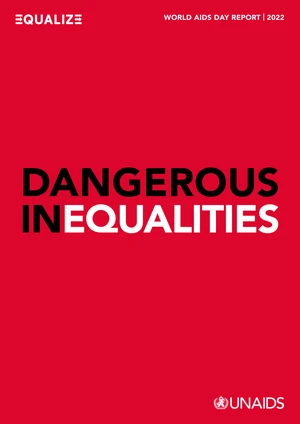New infections are rising in many parts of the world but resources for the response have stagnated at levels that are wholly inadequate to end AIDS as a public health threat by 2030. This report unpacks the impact that gender inequalities, inequalities faced by key populations, and inequalities between generations have had on the AIDS response. It is not inevitable, however, that these inequalities will slow progress towards ending AIDS. Political leaders can tackle them. Gender inequalities are a key driver of the AIDS epidemic. Adolescent girls and young women in sub-Saharan Africa are three times more likely to acquire HIV than their male counterparts. For example, intimate partner violence increases the risk. Unequal power dynamics between men and women and harmful gender norms increase the HIV vulnerability of women and girls. While transforming harmful gender and masculinity norms among men and boys will help reduce their HIV risks, it will also reduce risks and vulnerabilities to HIV among women and adolescent girls, including by respecting their sexual and reproductive health and rights and upholding zero tolerance for any violence against them.
Price history
Jan 24, 2023
€16.99

